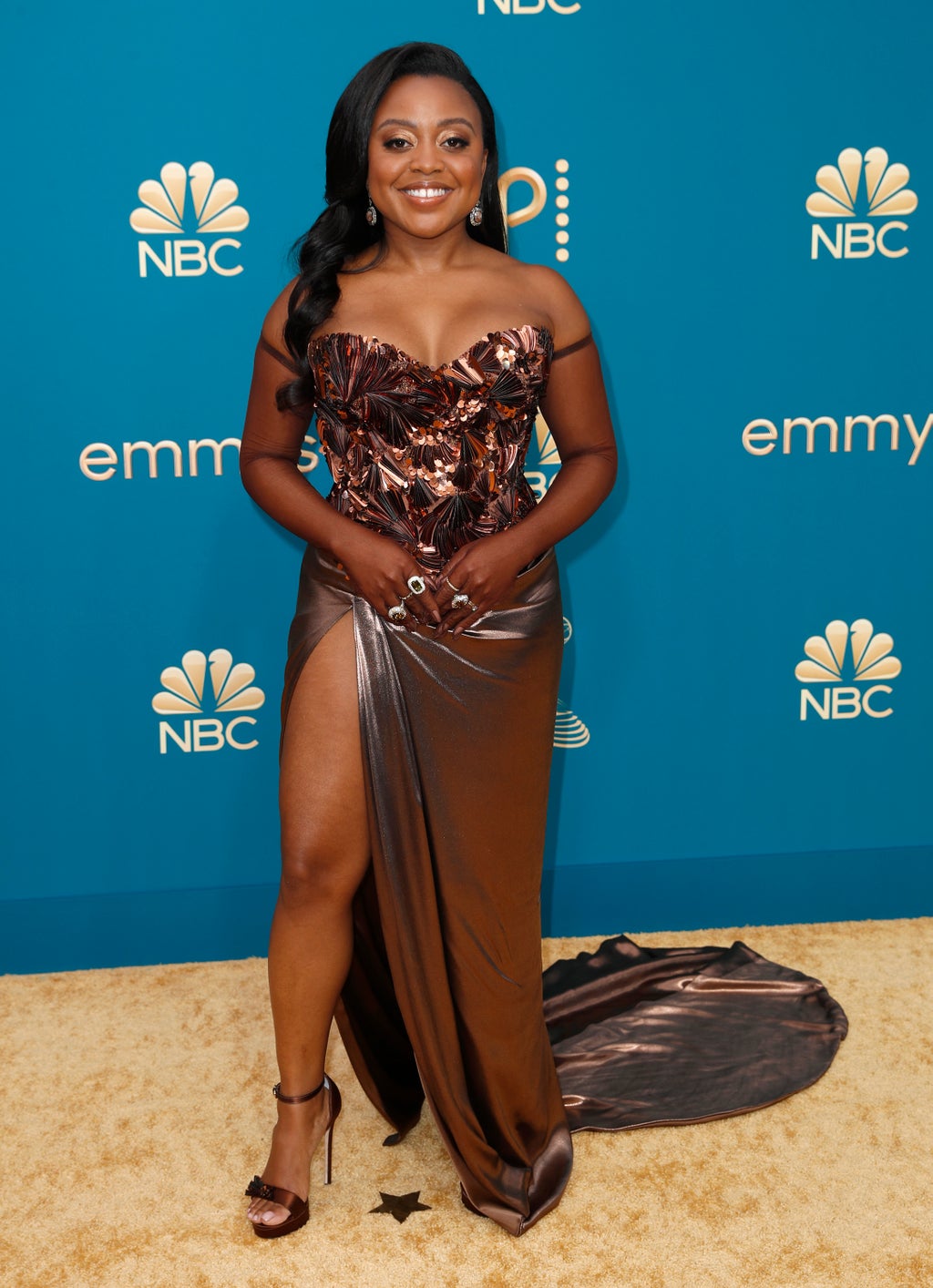African Americans have always been trailblazers throughout history. We didn’t have a choice but to be resilient and overcome every obstacle to better ourselves. Through perseverance, we turned our heartaches into art. From the painful days of slavery to the modern era, African Americans have played a pivotal role in shaping the cultural landscape of the nation. Our contributions to art, literature, photography, and cinema have not only transformed our communities but have also had a profound influence on the world at large.
African Americans have transformed adversity into art, reshaping not only our communities but also contributing to a lasting cultural imprint on the world.
1. Artistic Communication: Quilts of Freedom
During slavery, African Americans were constantly kept down because of those who feared our greatness. We weren’t allowed to learn to read or write because those tools were too powerful to be within our grasp. However, you can’t stop determination, which is what slaves were driven by. African Americans knew there was something better out in the world for us, we just had to fight to get it; we had to free ourselves.
Consequently, we used our creativity and resourcefulness to express ourselves and communicate through art. That being said, one of the most powerful (and controversial) forms of art that came to be was quilting.
When slaves would escape their plantation, they would try to make their way up North by memory or stories that other slaves who attempted to escape shared with them. However, not many slaves were successful and would be found, leading to severe punishment or death. As time went on, slave masters would catch on to the whispers and hush of attempts, so African Americans knew they had to create something to communicate in silence.
Slaves would sew quilts with hidden messages and codes, often incorporating key locations and symbols to guide others escaping slavery along the Underground Railroad. These quilts were not only functional but also served as powerful symbols of hope and liberation.
2. Capturing History Through the Lens: Photographers of the Civil Rights Movement
Now that slavery was over African Americans were free at last; the fight was over. Unfortunately, that couldn’t be further from the truth. Even though we were no longer physically shackled, we were still kept in chains. Much like slavery, there was still a fine ‘white’ line we couldn’t cross; we couldn’t hold any political office, let alone vote; there was discrimination in hiring so we couldn’t get decent jobs; and we lacked decent education.
Once again, we knew that we had to, in some way, bring awareness to the injustices we were facing. During the Civil Rights Movement of the 1950s and 1960s, African Americans started documenting our struggles for equality through photography.
Iconic figures like Gordon Parks and Ernest C. Withers captured powerful and emotional moments, showing the world the injustice, resilience, and determination of the African-American community. At about seven years old, I saw a photograph of six black children standing behind a gate, separating them from what seemed like an amusement park. I thought to myself “Why would they not be allowed to go to the park?”
Little did I know that that gate did more than stop them from going to a park; it symbolized a barrier to the life they weren’t allowed to have. That gate, once again, was the shackle holding us back from our greatness. Other iconic images, such as Rosa Parks on a Montgomery bus or the March on Washington, became indelible symbols of the everlasting fight for civil rights.
3. The Power of Poems: Maya Angelou
Maya Angelou was a prolific author, poet, and civil rights activist whose works continue to resonate with readers around the world. Her poem, “Caged Bird,” holds a special place in the hearts of many in the African-American community, delving into the themes of freedom and racial oppression and capturing the historical struggles faced by African Americans.
The poem resonates on a profound level by artfully contrasting the experiences of a free bird with those of a caged bird. Angelou’s words evoke powerful emotions as she paints vivid images of the free bird’s carefree existence, describing it as it “floats downstream… and dips its wing in the orange sun rays.” In contrast, the caged bird is portrayed as unable to see beyond the “bars of rage,” with clipped wings and bound feet.
This vivid contrast harkens back to a dark period in history when white Americans enjoyed their rights while simultaneously subjugating African Americans through enslavement. Further highlighting the divergence in life experiences, Angelou’s poem underscores how the free bird continually “thinks of another breeze,” while “a caged bird stands on the grave of dreams.”
This serves to emphasize the insatiable desires of white Americans for more, while African Americans simply yearn for equality. Through her eloquent prose and poetic mastery, she gave a voice to African-American experiences, contributing significantly to the world of literature.
4. Trailblazers in Cinema, featuring Sidney Poitier and Cicely Tyson
African-American actors and actresses have had a lasting impact on the world of cinema. Securing a role in Hollywood was no easy task as an African American, as all the roles were given to white people; you had to be ten times better than them on-screen and dare to fight for yourself off-screen.
Sidney Poitier, a trailblazing African-American actor, left a lasting legacy on art and society, pushing the boundaries of racial representation in Hollywood. Poitier’s influence stretched beyond his extraordinary acting ability to encompass the core of African-American identity and dignity in cinematic representation.
By playing ground-breaking parts in movies like “Lilies of the Field” and “Guess Who’s Coming to Dinner,” Sidney Poitier dispelled racial stereotypes and questioned conventional prejudices toward people of color. His work served as a representation of the opportunities that African-American actors could have in a field where racial prejudice is pervasive.
Poitier was not scared to go after his dreams, not only for himself but for every little black girl and boy who dreamed of being on the big screen. Poitier’s unquestionable talent and simple demeanor made him a beacon of inspiration and optimism, encouraging African Americans and society at large to face and overcome racial stereotypes.
Cicely Tyson, an iconic actress, brought depth and complexity to her characters. Her groundbreaking roles, from “Sounder” to “The Autobiography of Miss Jane Pittman,” were not just performances for the black community but profound statements on the power of African-American storytelling. Though those two films were cinematic excellence, her portrayal of Harriet Tubman in “A Woman Called Moses” holds a special place in my heart.
I remember watching this film with my family during Black History Month and the impact it had on me. The way you could tell she poured her heart into the character was that it connected so deeply to your soul. Cicely Tyson possessed an unmatched ability to breathe life into characters with the way she connected to them, becoming one with her craft. To this day, I will never forget the emotions she made me feel as she went through the hardships Harriet had to face as a slave.
Her representations of African Americans honored their resilience and power, breaking down barriers and showing succeeding generations that we were all destined for greatness. Her unwavering commitment to telling stories relevant to black history became a rallying point for the African-American community, reminding us of the importance of telling our own stories on our own terms.
African Americans are still being pushed ahead in the arts by Cicely Tyson’s legacy, which serves as a constant reminder to us that representation counts and that our stories are an essential component of the larger human story.
Both actors’ contributions have been instrumental in reshaping the perception of African Americans in film and television and breeding so many legends in Hollywood.
5. The Evolving Fashion World: Telfar Clemens
The creativity and originality of black designers have made a significant impact on the world of fashion, and Telfar Clemens is a notable individual who is pushing the limits of inclusivity and artistic expression. Libyan-American fashion designer Telfar Clemens has had a significant influence on the industry by questioning societal norms and advocating for universal accessibility.
Clemens established the unisex clothing line Telfar in 2005 with the belief that everyone should have access to fashion, regardless of their gender, race, or status. This strategy is best illustrated by Telfar’s iconic item, the “Shopping Bag,” which is versatile, affordable, and attainable to a huge market of consumers. Clemens’ work is more than just clothing; it’s an artistic and political statement.
African Americans have made unmatched contributions and were the blueprint for many different forms of art throughout history. From artistic communication to redefining the fashion industry, we have set the bar high, leaving an incredible mark on the world of art. Their influence has broken racial barriers, allowing African Americans to be unapologetically us.
We have used our artistic abilities to communicate our stories, disprove stereotypes, and inspire change through acting, poetry, fashion, and photography. Though we continuously challenge ourselves to grow in the black community, our work is not done. We have to keep pushing, striving, and elevating for future generations to serve as a testament to the power of art to inspire social change and bring us together.




